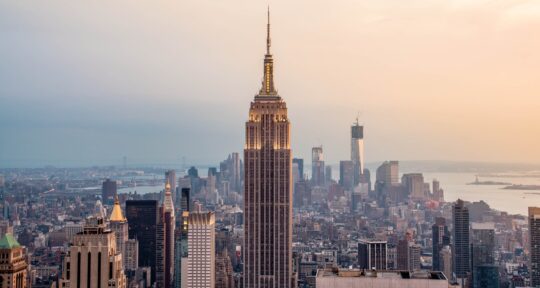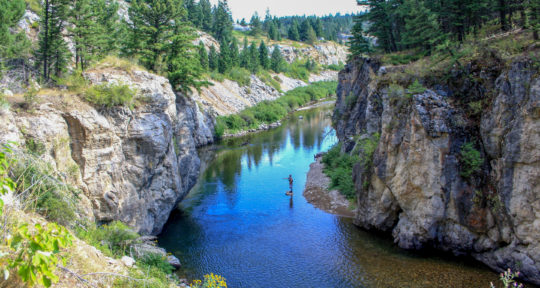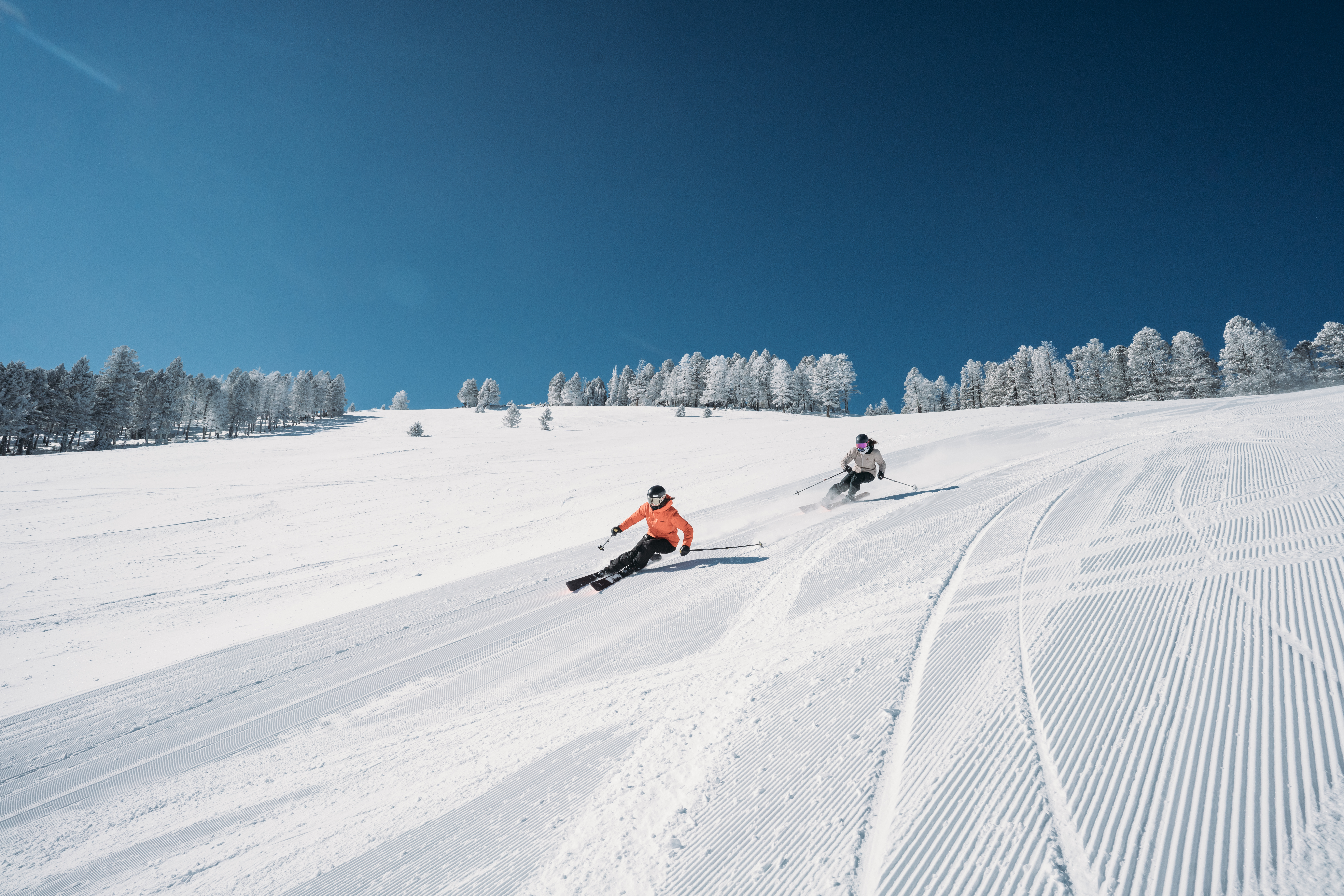I walk out of the trees, sink my feet into the warm sand, and breathe in the salty sea breeze mixed with the scent of pine and cedar. Waves crash in the distance and the wind rustles through the old growth trees and roars past me. Before me are miles of light brown sand bordered by wind-swept evergreens for as far as I can see.
Stretching along the west coast of Canada’s Vancouver Island, Pacific Rim National Park Reserve is a coastal marine park encompassing three of the wildest and most beautiful areas of British Columbia.
7 stops on a road trip along the Sunshine Coast of British Columbia
It’s a world of choose-your-own-adventures. The south offers hikes through the world-renowned West Coast Trail; the middle is perfect for paddling and exploring the clear waters of the more than 100 Broken Group Islands scattered in Barclay Sound; and in the northern end you’ll find temperate rainforests and expansive sandy beaches, part of the traditional territories of the Tla-o-qui-aht and Yuułuʔiłʔatḥ First Nations.
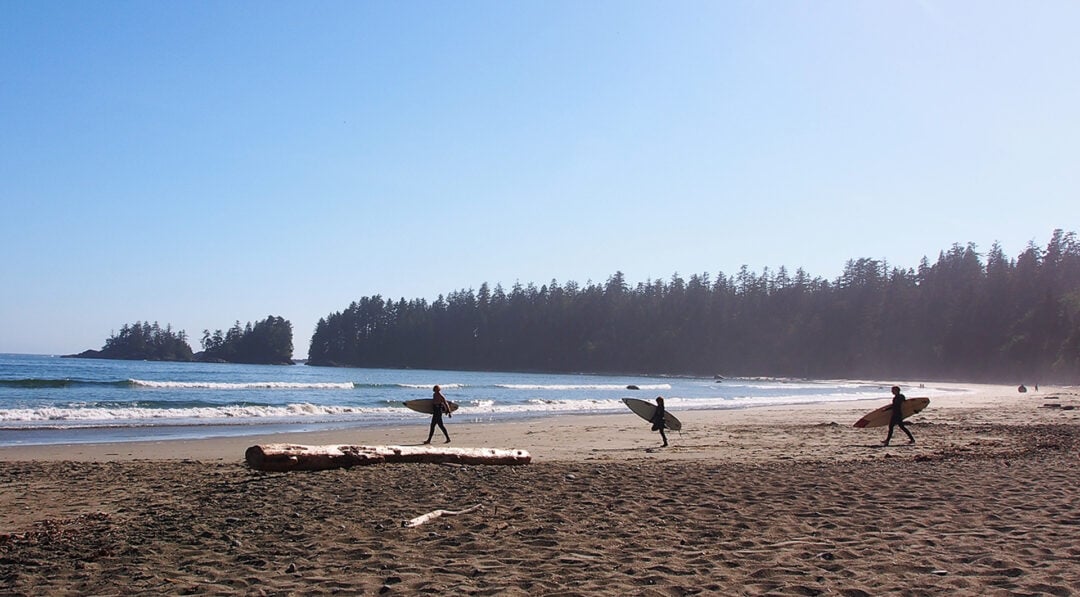
I came here to enjoy the rugged wilderness and experience an adventure not usually available in national parks—surfing in Canada’s top surfing destination. As a couple of bikini-clad college girls running into the surf on our first day discovered, it’s wetsuit surfing here in an area where the ocean temperatures hover around 45 degrees Fahrenheit in the winter and 57 degrees in the summer. Though the Canadian coastal waters may be cold, snow on the island is a rare treat—and the surf culture is warm and welcoming.
Surf every day
The Long Beach Unit of Pacific Rim National Park Reserve features nearly 7.5 miles of trails and more than 13 miles of beaches. The three main surf beaches, Long Beach, Wickaninnish Beach, and Florencia Bay, offer a large variety in the surf breaks and tend to be less crowded than the beaches closer to Tofino.
Perfect storm: In the winter, Tofino’s rugged coastline puts on a wild and magnificent show
Florencia Beach is the smallest and the most beautiful. Best for intermediate surfers because of the shallow rocks, access to the beach is difficult, with a hike down steep stairs and a small parking lot that is often full. Long Beach, however, is known as one of the safest beaches in the world to learn how to surf because of its mellow sand bottom beaches. “This allows for a good variety to be able to progress from riding whitewash, to catching small green waves, and working into larger waves,” says Nick Haisch, surf instructor and co-owner of Surf Junction Campground. Easily accessible, there’s plenty of space in the surf to find your own peak.
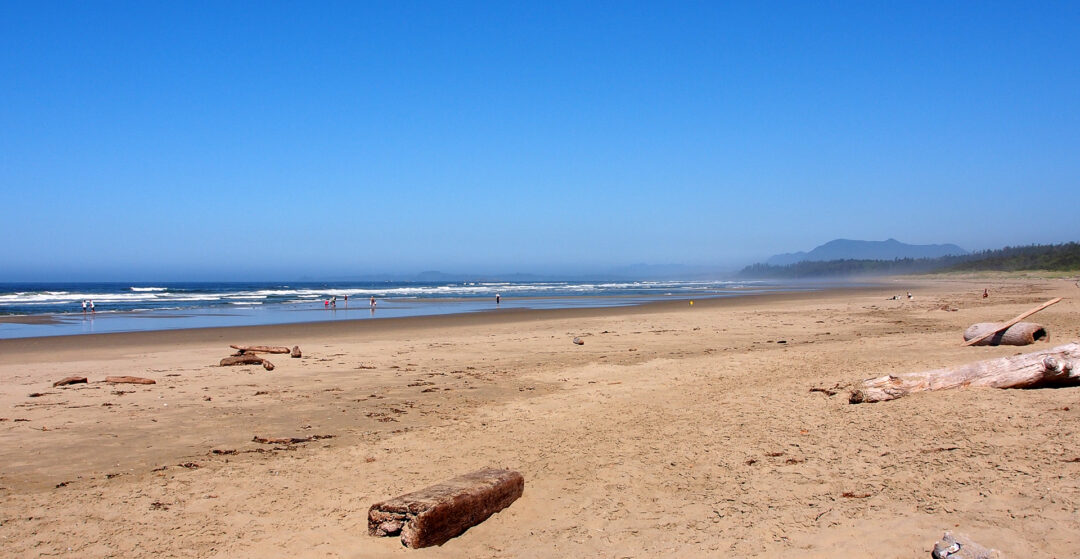
Wickaninnish Beach is great for more advanced surfers to challenge themselves, learning its tendencies and how to surf on them. “There is so much variability even just at Wick on different days that it’s often like surfing a new wave,” Haisch says. “Wick is a difficult place to surf, so when most of us take trips around the world to surf more predictable waves, they feel so much easier to surf.”
The beaches from Tofino to secret places in Barclay Sound are special in the surfing world because of their consistency. Surfers who visit from around the world are constantly amazed that unlike other popular surf destinations, there’s no low season here where the waves are flat. “The Pacific Ocean is the biggest and most consistent wave machine in the world,” says Haisch. “If you know where to look and when to go, you can find a decent wave to surf 365 days a year. There are few places in the world where you can actually surf every day if you want to.”
Surf Sister
I notice it right away when we arrive: Surfing is a male-dominated sport, but here, there are just as many women as men, thanks largely to the ladies behind Surf Sister Surf School, the largest all-female surf school in the world. Tiffany Olsen, a manager at Surf Sister, explains that from the beginning, the school’s vision was to make surfing more open and inclusive to all, regardless of age or gender.
Sick of watching women’s events get slotted for the worst conditions and being forgotten even in the awards ceremonies, Krissy Montgomery, current owner of Surf Sister, started an all-female surf competition 11 years ago called Queen of the Peak. It’s helped create a surf culture here that’s welcoming and friendly, no matter who you are. Surf Sister has also taught adaptive surfing and students well into their 60s.
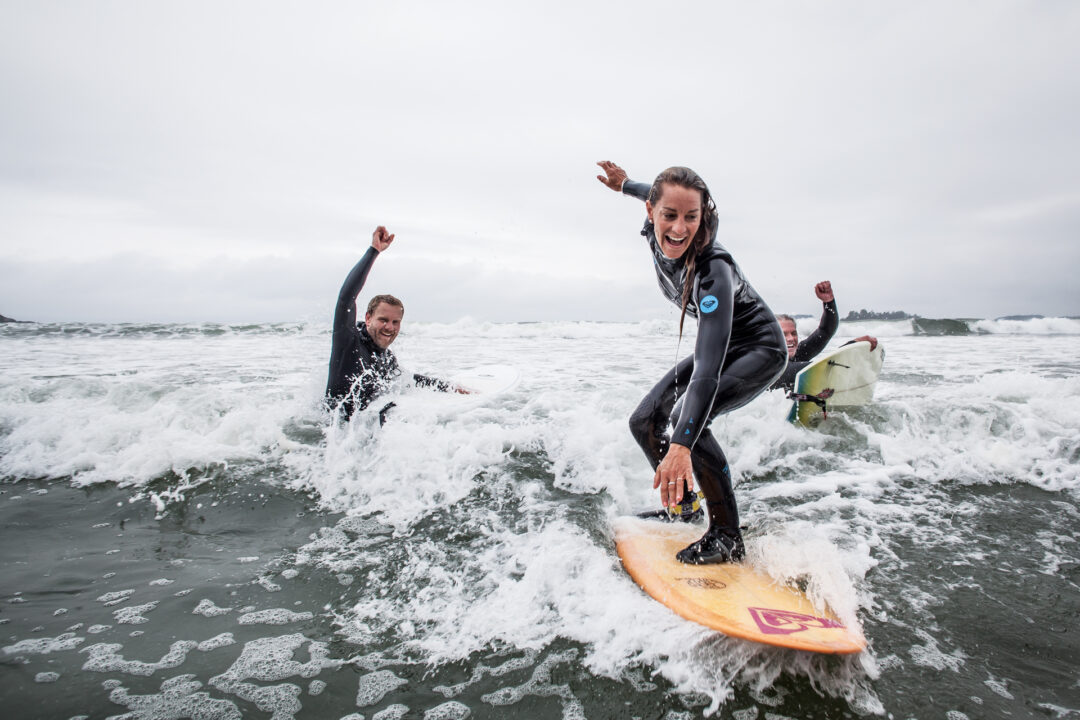
The biggest tip for those new to surfing is to take a lesson when you arrive in a new area. It’s the best way to learn the hazards of the area and where the rip tides are from a local expert. At the Surf Junction Campground, you can take lessons and rent boards from the surf school with the added perks of unique and funky campsites in the forest, a wetsuit washing station, drying room, hot tub, and sauna.
Surf Sister Surf and Wick’d Surf offer lessons year round. For lodging, Pacific Rim National Park Reserve’s Green Point Campground is located right off of Long Beach and features amazing tide pools at low tide, and the Surfs Inn Guesthouse and Surfs Inn Rainforest Cottages offer similarly spectacular views.
Waves and whales
When I ask Haisch what makes Pacific Rim special, he says, “In lots of surf destinations around the world, you’ll surf in front of industry factories, man made jetties, hotels, parking lots, highways, and houses. When you’re in the Pacific National Park Reserve, it’s just the old trees, the beach, the waves, and the whales.”
Olsen will never forget a large storm swell one cold winter day, when there were only a handful of people in the line-up and a 33-foot-long gray whale joined them. “It was intimidating being so close to such a massive creature,” she says. “When the sets would roll through, I’d duck dive and open my eyes and see the outline of the gray whale in the distance. That magic was unforgettable.”
What keeps me coming back to Pacific Rim is the opportunity to reconnect to our wild. In the morning, I walk past tide pools filled with sea stars, mussels, and sea anemones and catch glimpses of otters playing in the surf. A few hours later, I float on my board and think about how fickle the West Coast is; here you are likely to see nature in all of its moods, both good and bad. But those of us who live here know that the wilderness, beauty, and unpredictability of the coast is even more unforgettable when experienced from a surfboard.
